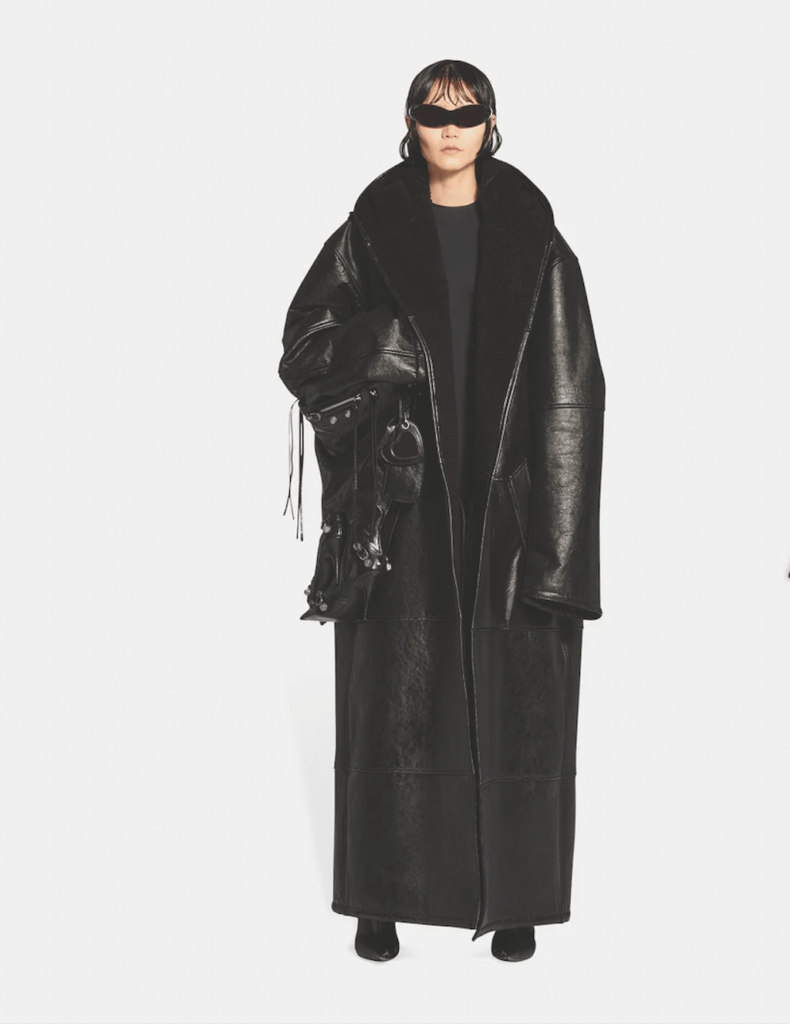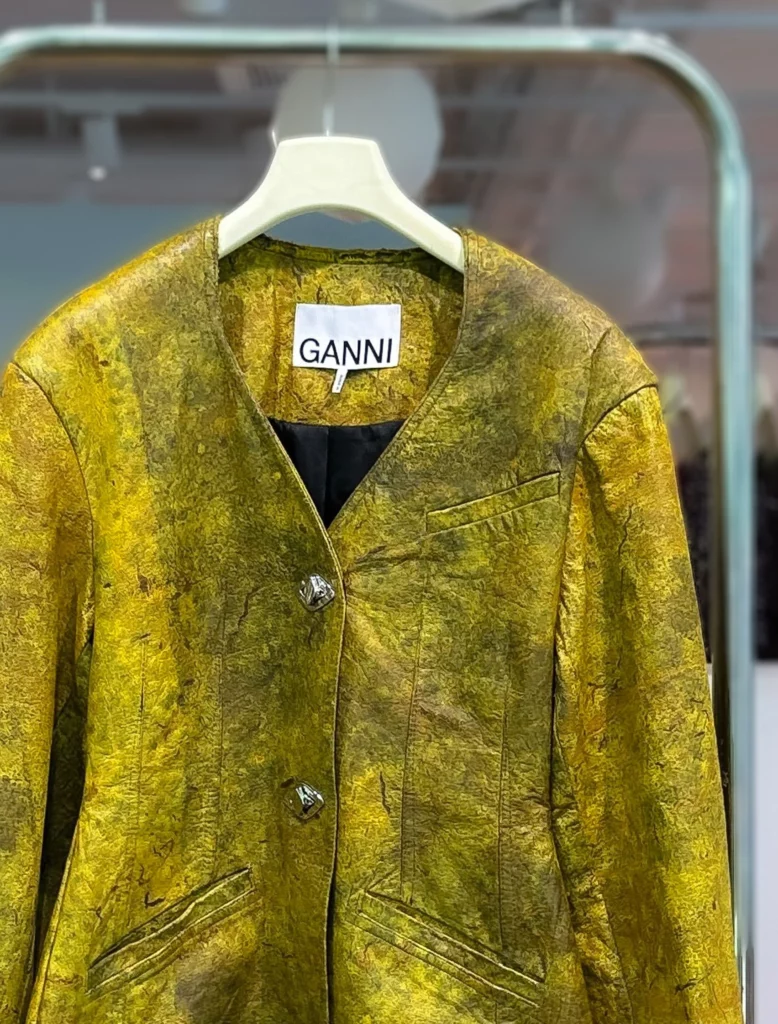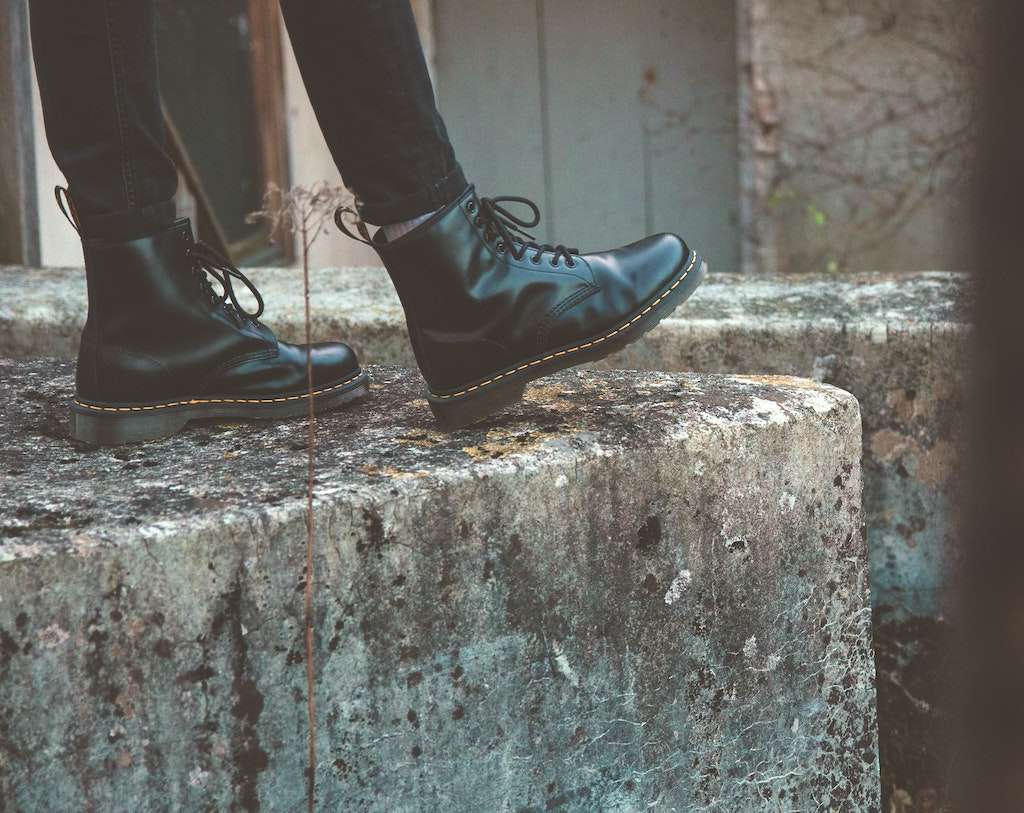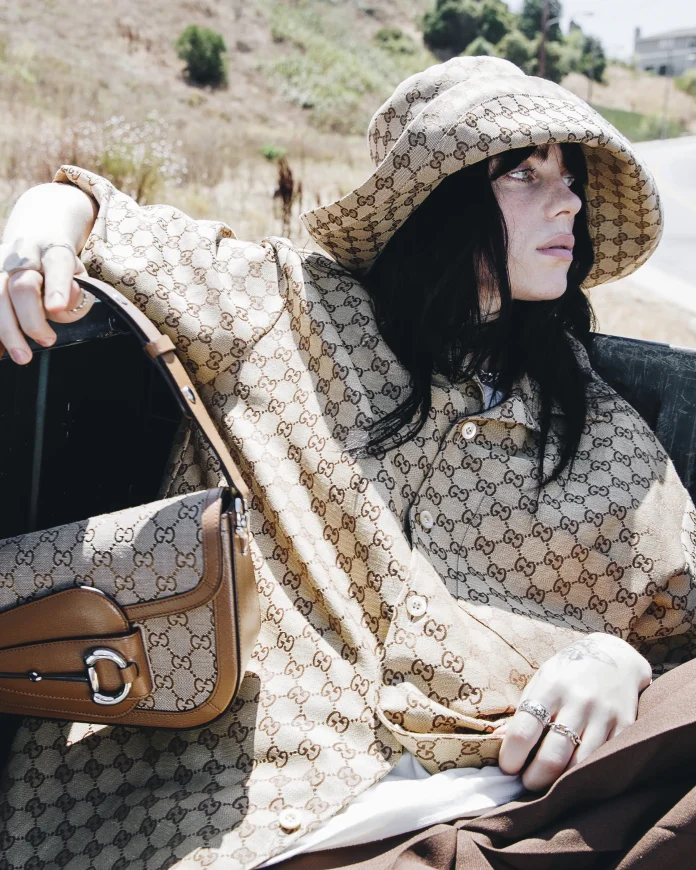Vegan leather is more popular than ever. To make it last, proper care is key. Here’s how to protect all types of vegan leather.
Vegan leather’s rise in popularity over the last few years is attributed to its ability to offer a cruelty-free and sustainable option for consumers who are increasingly conscious of their environmental impact and animal welfare. In just the last year, a range of vegan leather options have emerged from labels including Ganni, Stella McCartney, Balenciaga, and Gucci. Luxury items are investment pieces, so you’ll want to make sure you take proper care of your vegan leather. Do the different types of leather require the same types of cleaning, though? Here’s what you need to know.
Types of vegan leather
Vegan leather is manufactured using a variety of materials, including polyurethane (PU), polyvinyl chloride (PVC), and innovative plant-based substances such as pineapple leaves, cork, apple peels, and other fruit waste. The production process of vegan leather varies depending on the base material used, but generally involves treating and coating these materials to achieve a texture and appearance similar to that of animal leather.
Plant-based
In recent years, there has been a significant development in plant-based leathers. These innovative materials are derived from natural sources like pineapple leaves (Piñatex), apple peels, cork, and cactus. Plant-based leathers are celebrated for their sustainability and lower environmental impact. They offer a unique texture and are often biodegradable, making them an appealing choice for eco-conscious consumers.

Fungi and bacteria
Like plant leather, fungi and bacteria can make biodegradable leather that mimics the texture and flexibility of cow leather. They can be produced with less energy and fewer resources than conventional leather, making them a sustainable alternative. The market for fungi and bacteria-based leather is still in its early stages, but innovations like Reishi, a mycelium mushroom root leather, and Celium, a bacteria-based leather, have emerged as materials with promise that could revolutionize the industry.
Polyurethane
Polyurethane leather, widely known as PU leather, is one of the most common types of vegan leather. It is made by coating a fabric base with a flexible polymer and then treating it to look more like animal leather. PU leather is appreciated for its versatility and is commonly used in a range of products, including clothing, handbags, and furniture. It’s known for being lightweight, durable, and available in various colors and finishes.
Polyvinyl Chloride (PVC)
Polyvinyl chloride, or PVC leather, is another synthetic alternative that mimics the texture and feel of real leather. This type of vegan leather is made by applying a layer of PVC to a fabric base. PVC leather is durable and resistant to water and fire, making it a practical choice for various applications. However, it’s important to note that PVC production involves the use of chlorine, which can have environmental implications.

How to care for vegan leather
Whether you’ve picked up a luxury Balenciaga mushroom leather coat or a pair of synthetic PVC boots, the goal with any garment is to extend its life as long as possible. So, proper cleaning and care are important to your garment’s lifespan. By following these guidelines, you can ensure that your vegan leather products remain in excellent condition for years to come.
Regular cleaning
The key to maintaining the appearance and longevity of vegan leather is regular cleaning. This is true no matter whether its polyurethane or cactus-based. To clean vegan leather, use a soft cloth dampened with water or a mild soap solution to gently wipe the surface. Avoid using harsh chemicals or abrasive cleaners, as they can damage the material. For tougher stains, a specialized vegan leather cleaner can be used or visit your local dry cleaner, preferably one that uses sustainable cleaning methods.
Cork fabric, which is often used as leather in bags and shoes, is waterproof and can be cleaned with neutral soap and water. You can also use a damp cloth with a little mild soap. But other leathers, like pineapple or cactus, may require a more conventional leather cleaner.
Conditioning
Like traditional leather, vegan leather benefits from occasional conditioning. Use a conditioner specifically designed for synthetic leather to keep it supple and prevent cracking. Apply the conditioner with a soft cloth and gently rub it into the material in a circular motion. Some vegan leather garments will come with specific conditioners or conditioning recommendations on the label or via the brand’s website. Some oils like coconut oil can strip out color and sealants, so be sure to use products marketed specifically for the care of vegan leather (like this one). Some vegan leather is more porous than others and will require more frequent and deep conditioning, where others, like PVC or PU may require very little.

Address spills promptly
In case of spills, it’s crucial to act swiftly. Blot the spill gently with a soft, absorbent cloth to remove as much liquid as possible. Avoid rubbing, as this can push the spill deeper into the material. Do not use harsh cleaning products like bleach or peroxide.
Proper storage
To prevent creases and maintain the shape of vegan leather products, store them properly. For items like handbags and jackets, use padded hangers or fill them with soft materials to keep their form. Avoid folding or compressing vegan leather for extended periods. Also avoid storing in temperatures too damp, such as basements.
Avoid excessive heat and sunlight
Excessive exposure to heat and sunlight can cause vegan leather to fade and deteriorate. When storing items made of vegan leather, choose a cool, dry place away from direct sunlight. If the material gets wet, allow it to air dry naturally without using direct heat sources like hair dryers or heaters.

Professional repairs
For significant damage, such as tears or deep scratches, consider seeking professional repair services. A specialist in vegan leather can provide the appropriate treatment and repair methods to restore the item’s appearance and functionality.
Avoid sharp objects
To prevent scratches and punctures, be cautious with sharp objects around vegan leather. This includes being mindful of keys, pens, and other potentially damaging items when using vegan leather products.
Regular inspection
Regularly inspect your vegan leather items for signs of wear and tear. Addressing minor issues early can prevent them from becoming major problems and extend the life of the material.
Related on Ethos:


